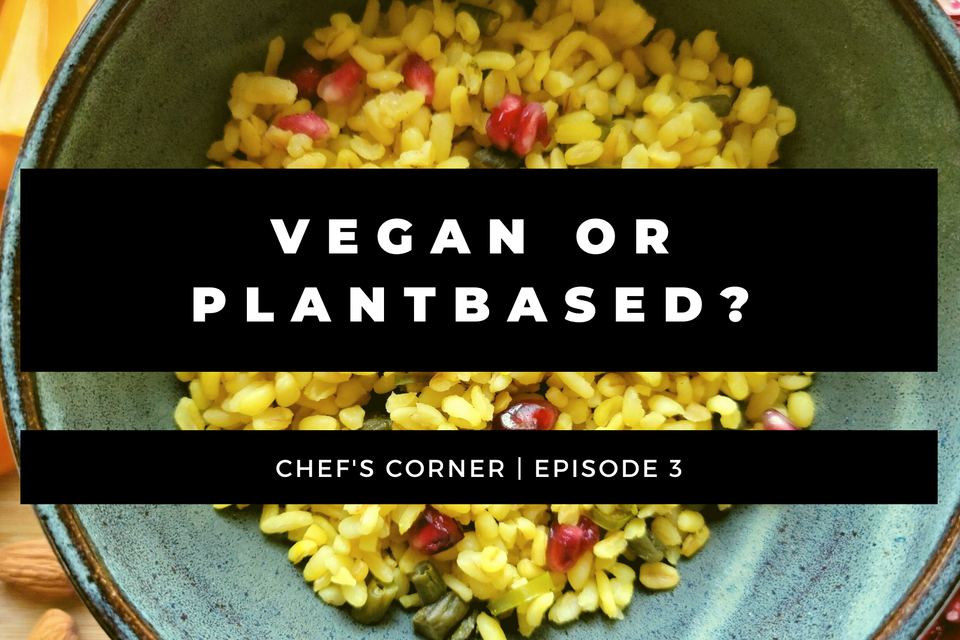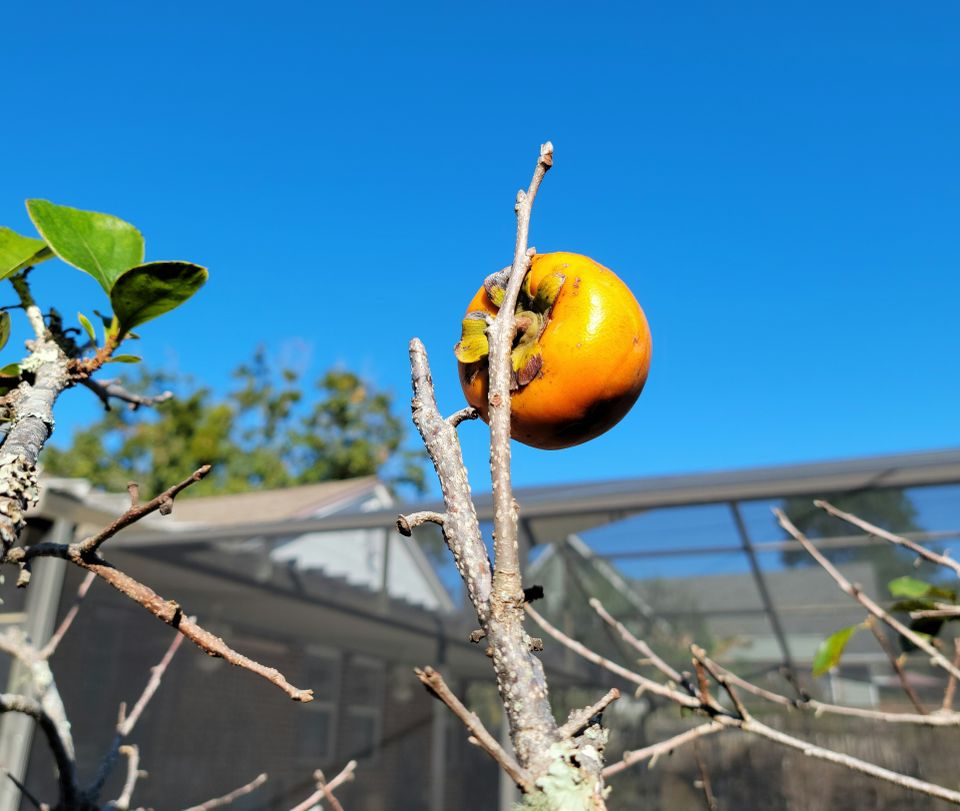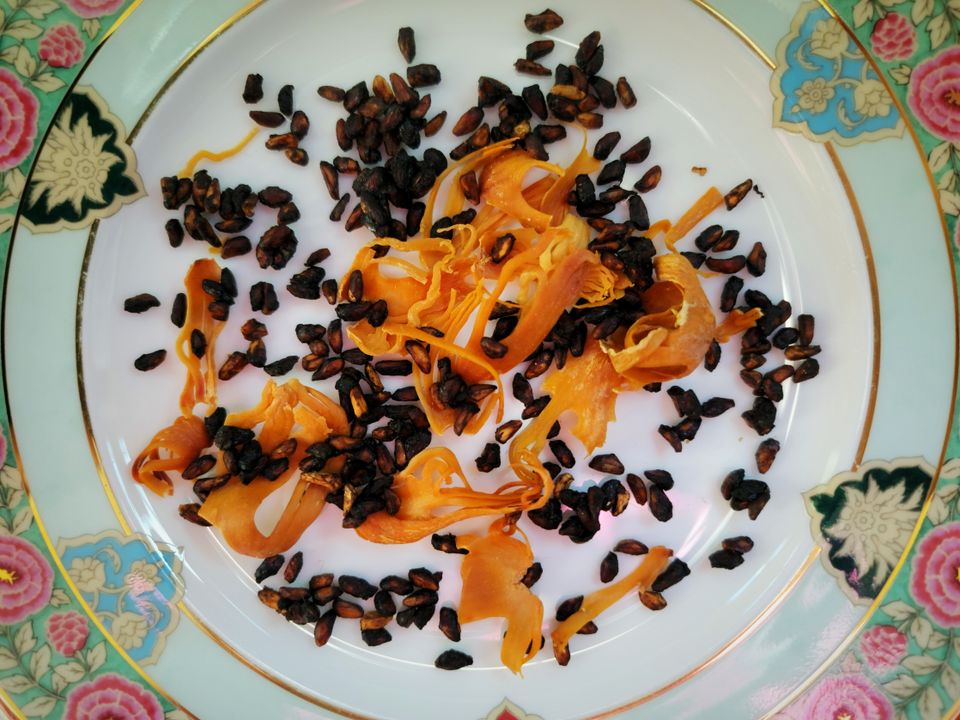Vegan or plantbased?
By Hari Pulapaka, PhD, WCMC, CEC
November 18, 2021
Oregon is the most vegan state, and Mississippi is the least. An annual Pickle Fest in Jackson, Mississippi, draws throngs, while Lisa Eversman and Bryce Shivers of Portland, Oregon, can pickle anything.
The term “vegan” (a concatenation of the first three letters and last two letters of the word “vegetarian”) was coined in 1944 by Donald Watson, a prominent animal-rights advocate who later co-founded the Vegan Society. He used it to refer to any individual whose diet was completely devoid of animal products. The reasons for such a dietary choice, for him, were ethical.
In 1980, seeking an analogous notion that sidestepped political pushback — and one that was centered around promoting good health — Dr. Thomas Colin Campbell, a leading nutrition scientist of the 20th century, invented the term “plant-based.”
After extensive research, he landed on the conclusion that consuming exclusively whole foods and avoiding animal products was better for human health.
“Are you vegan or plant-based?” This question drives my lifestyle-medicine-certified physician wife (and me) absolutely bonkers. Yet, significant literature confirms why this human-created confusion has become problematic for nutritionists, diners, staff, cooks and even food companies.
The main cause for the s--- show is linked to the interpretation that “plant-based” does not imply 100-percent vegetarianism, contradicting the term “vegan.” It simply means a majority (unquantified, of course) of one's diet is from plants. I guess it's like being based in one city, but not living in it year-round.
The problem stems from differing interpretations of the word “based.” If X (plant-based) is based in Y (plants), then it seems to me that everything about X originates from Y.
In computer science, this would be a rooted tree, suggesting that only plants can enter the rooted tree of plant-based cuisine. Plus, anything on a tree is, by default, plant-based.
So, no animal products can be used in plant-based cuisine. Hence plant-based would have to be vegan. So, plant-based equals vegan, because no matter the interpretation of “based,” vegan clearly implies plant-based.
Again, it all depends on the meaning of the word “based.” Words matter.
Somewhere in the evolution of dietary jargon, plant-based diets allowed for some animal products — that’s just messed up, but it explains the conundrum we’re in.
In one 2017 research paper published in the Journal of Geriatric Cardiology, the very first sentence reads “A plant-based diet consists of all minimally processed fruits, vegetables, whole grains, legumes, nuts and seeds, herbs and spices, and excludes all animal products” Yes! Good night, everybody.
It seems to me that either one consumes animal products, or one doesn’t. Otherwise, everyone is plant-based, to a degree. Unless, of course, there’s a universal standard for quantifying the percentage of one’s consumption of plant-derived ingredients that are required to be considered plant-based. That'll never happen.





